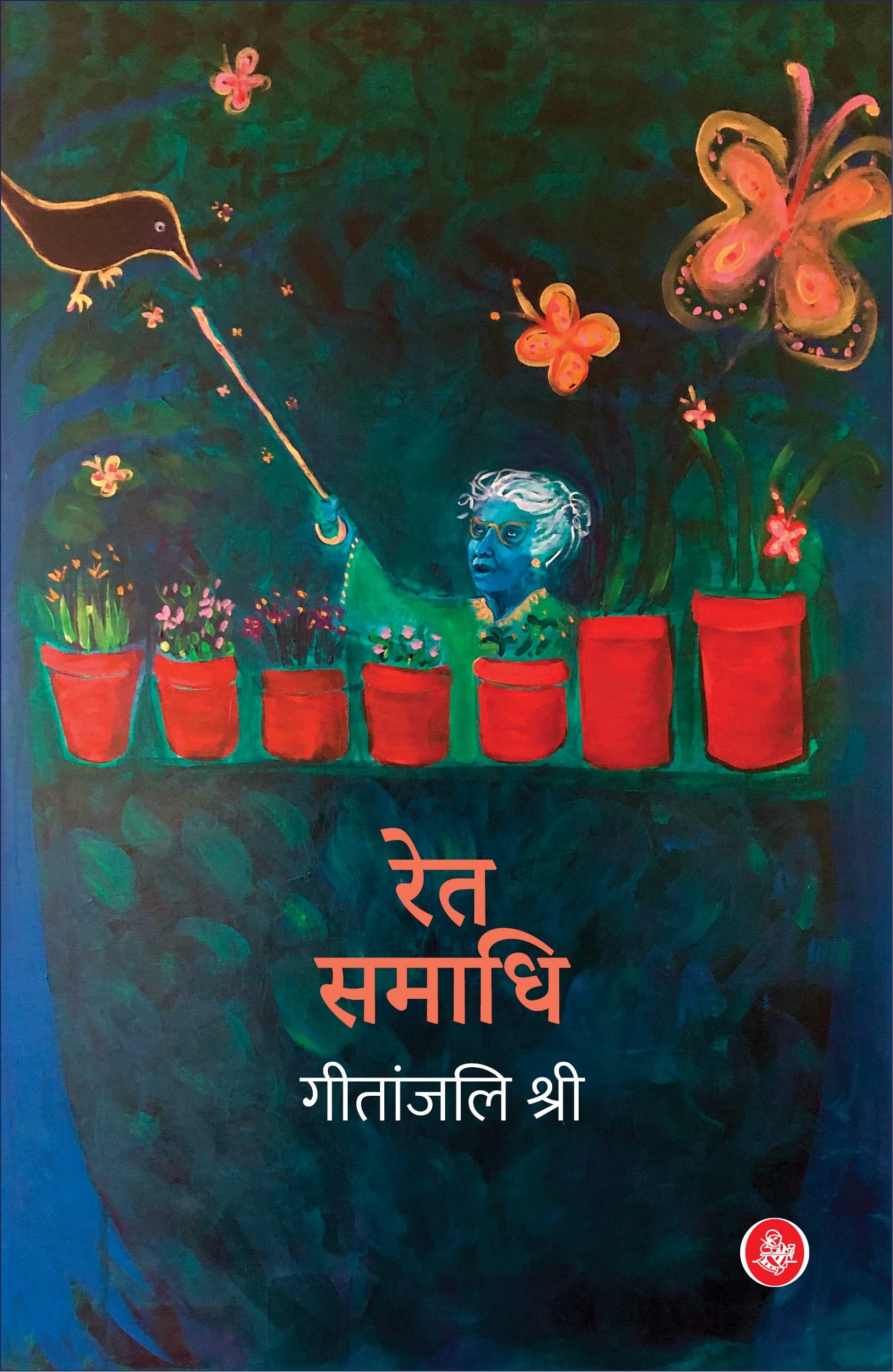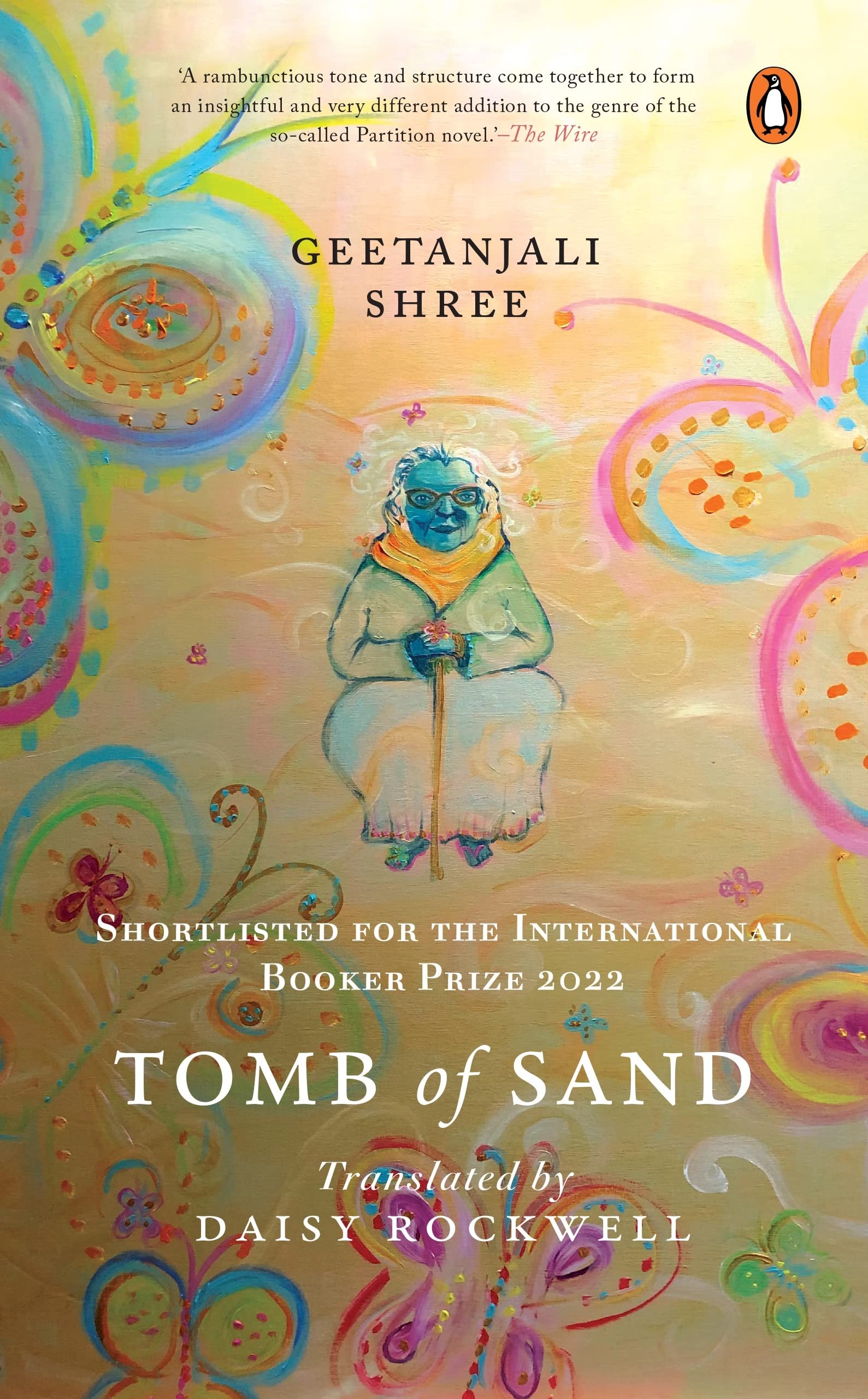‘Victory City’ by Salman Rushdie is a feat in world building: it is historical fiction and contemporary commentary infused with magic realism
Salman Rushdie. (Image: Wikimedia Commons)
The pre-eminence of Salman Rushdie’s writing—the textured tales with multiple threads; the deliciousness of his brand of magic realism; the glistening sentences that can be long and seemingly unwieldy but which never lose their reader; the playful puns with the poignant themes—is a given. There is not much that can be said about his craft that hasn’t already been said before. Any reviewer who sets out to do so surely only contends with two things: the first, readjusting to the “real world” while coming down from the headiness of a Rushdie they just finished reading, and second, the inadequacy of a critique in truly demystifying his spectacular world building.
In an interview with the author published two days before the book’s release on 9 February, David Remnick of The New Yorker writes that Rushdie’s “pleasure…in writing the novel was in ‘world building’, and, at the same time, writing about a character building that world”. Rushdie goes on to tell him: “It’s me doing it, but it’s also her doing it.”
He refers to Pampa Kampana, the heroine of Victory City. Having witnessed as a nine-year-old the end of the Kampili kingdom and a mass jauhar of which her mother was a part, she vows to “laugh at death and turn her face towards life. She would not sacrifice her body merely to follow dead men into the afterworld. She would refuse to die young and live, instead, to be impossibly, defiantly old”. With a celestial blessing at that very moment, she is able to do just that.
Pampa Kampana lives to be 247 years old. The duration of her life matches that of the rise and fall of Vijayanagara, the titular victory city which she creates with magical seeds that she gives to Hukka and Bukka, two former cowherds-turned-soldiers, some years after the erasure of the Kampili kingdom. An unnamed narrator (Rushdie, it is easiest to believe) is the translator and reteller of her story, from her epic poem Jayaparajaya.
If it weren’t for the larger-than-life Pampa Kampana herself, the most interesting role in Victory City would be that of this narrator. He is an efficient sutradhar in how he is able to hold the story’s many mini-worlds and subplots together, never giving in to the temptation of discursiveness to which the tale might have easily lent itself. Yet, where necessary, he presents competing narratives and other travellers’ accounts of the time as it were, to fill in any gaps in Pampa Kampana’s long poem.
In doing so, he is an ideal researcher-reteller, seamlessly keeping the plot tight while periodically popping by to raise important flags on writing, authorship bias, and the possible limitations in interpreting history from a poem.
Even with such disclaimers, the hold Pampa Kampana’s story has is never diluted. Notwithstanding some thematic similarities with Qara Koz in Rushdie’s 2008 novel, The Enchantress Of Florence, Pampa Kampana is perhaps one of Rushdie’s most compelling characters. It is with, and through, her that Rushdie is able to draw from a diverse range of storytelling traditions: the Indian epics and Greek myths, Grimm’s fairy tales and a bit also by way of Washington Irving. It is only through her that Rushdie is able to present historical fiction that spans over 200 years, inspired by the largest of south Indian kingdoms, the Vijayanagara empire, even as he sprinkles in highly allegorical smatterings about the early days of the East India Company and the tactics of power they, and later the British Raj, used.
Most tropes are, therefore, familiar—what epic story about human flaws and foibles hasn’t already been told?—but Rushdie is clever in the fresh ways that he employs them. With Pampa Kampana especially: She isn’t just a woman who births a whole new city and its people; she, and not a man, possesses the seeds to be able to do so on her own. After a battle in which she helps the forest dwellers win, she goes into a restful slumber spanning six generations, cut off from the world behind beds of thorns. She can only be woken up with an act of love—a kiss, of course, but this one from a great-granddaughter with a desperate need to belong somewhere and to someone.
With the blessing of an extraordinarily long life and slow ageing that she receives in the first few pages of the book and the hurt and emotional turmoil stemming from it, Pampa Kampana is as much Alfred Lord Tennyson’s version of the Greek character Tithonus from the eponymous poem, as she is a cleverer version of him, having her boon customised enough to see her through being a great ruler of Bisnaga, the mangled version of Vijayanagara as pronounced by Domingo Nunes, one of the city’s first foreign visitors and Pampa’s lovers. At one point in the book, she is compared to Vyasa narrating the Mahabharata to Ganesha, as she does Jayaparajaya to Tirumalamba, the daughter of the kingdom’s most popular emperor, Krishna Deva Raya. At another time, her ability to see the war, despite her blindness, and dictate its happenings for her poem, reads like a turning on its head of a popular image from the Mahabharata: the blind Dhritarashtra keeping track of the war through Sanjaya’s gift of vision.
Even in the very first line of the book, the unnamed narrator tells us that she was “a blind poet, miracle worker and prophetess”. The blinding, however, does not happen until the very last section of Victory City. It is only here that a reader realises its poignancy, especially in the context of the author’s own incapacitated state— Rushdie is now blind in one eye—after being stabbed in Chautaqua, New York, in August last year. The parallels between his situation and Pampa Kampana’s, from the time she is blinded, are eerie, almost clairvoyant, given that Rushdie had finished writing the book months before the attack.
Soon after the blinding in Victory City, Pampa Kampana struggles to write, and also suffers terrible dreams. As did Rushdie, according to his interview to The New Yorker. But once Pampa Kampana remembers that she has to act on the promise she has made, to record history as it happens, she begins “to feel her selfhood returning as she wrote…. She could not describe herself as happy—happiness, she felt had moved out of her vicinity forever—but as she wrote she came closer to the new place where it had taken up residence than at any other time”.
The book’s fictionalised version of Achyuta Deva Raya, successor and brother of Krishna Deva Raya, even tells her, “If I can’t burn you…I can certainly burn your book, which I didn’t need to read to know that it’s full of unsuitable and forbidden thoughts…” Soon after stabbing Rushdie, the 24-year-old attacker Hadi Matar, who had praised Ayatollah Khomeini in an interview to The Washington Post after the incident, also said he had only read “a couple pages” of Rushdie’s The Satanic Verses, which led to the Iranian leader’s fatwa against the writer.
By way of craft, Victory City is pure, unadulterated Rushdie. There is nothing drastically new he is doing this time: The depth of research into history can match the work that went into The Enchantress Of Florence; the way he blends lightness and tragedy in historical fiction is reminiscent of Midnight’s Children; and while the word play in Victory City is nowhere near as delightful as it was in Haroun And The Sea Of Stories, it is still very much there.
Even as it talks of religious fundamentalism versus syncretic cultures, also at one point detailing the political advantages of the latter, Victory City shines a light on women’s ability to govern and fight, on the complexities of the weight of duty, of marriages, of the relationship between brothers, of the bond between mothers and daughters. It does all this even as it fleshes out how friends, lovers and loved ones are lost, irreparably, due to misunderstandings that neither can help nor explain, and foes are won over peacefully, almost miraculously.
But what Victory City does, best of all, is to remind us to keep examining the idea of fiction versus fact, truth versus lie, and that one isn’t always better than the other —it reinforces the power of tales we tell ourselves, the things that we can will into being; and it shows us how stories, and their telling and retelling, can save us in our times of need.
This was first published in Mint/Mint Lounge on 10 February, 2023

















